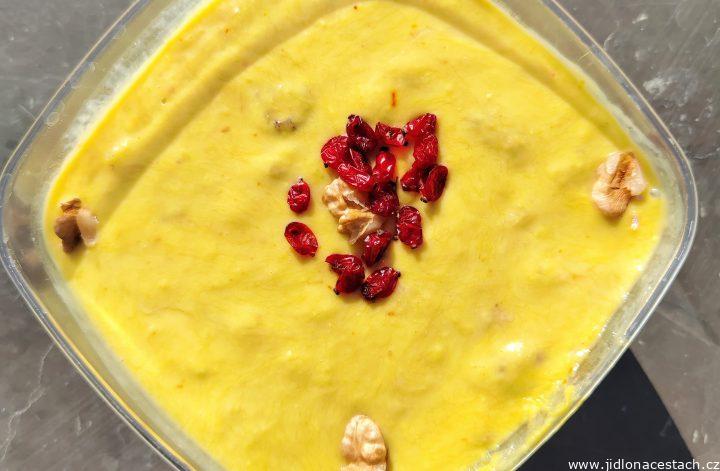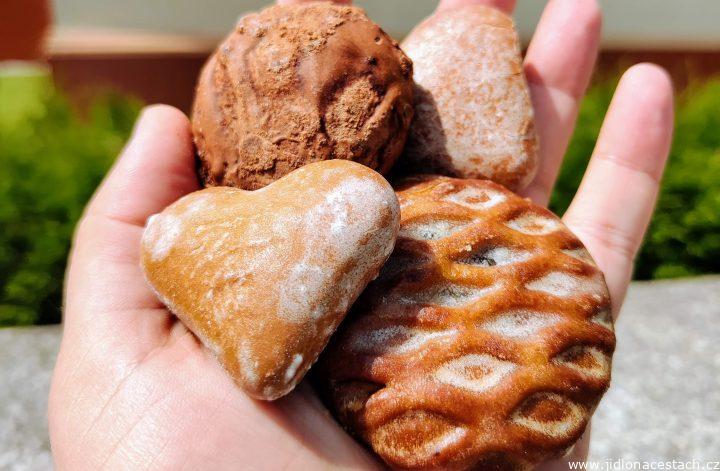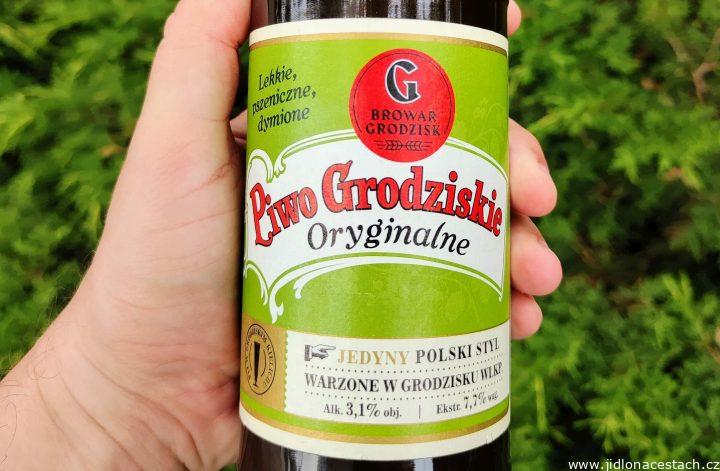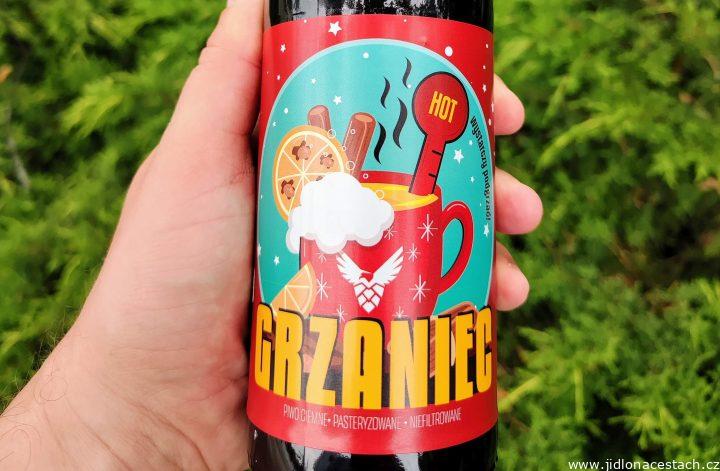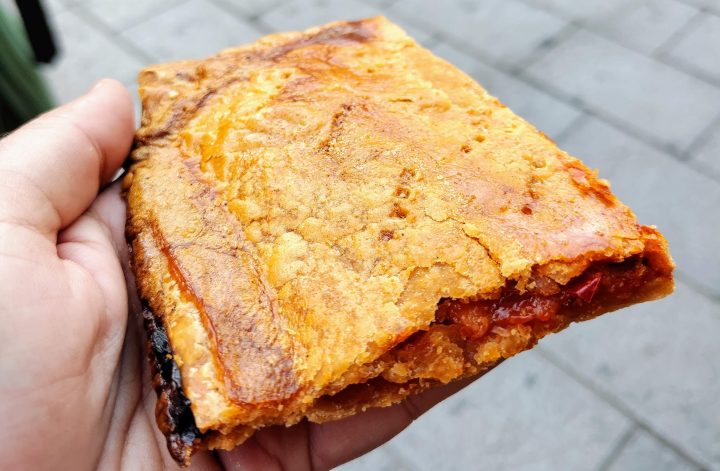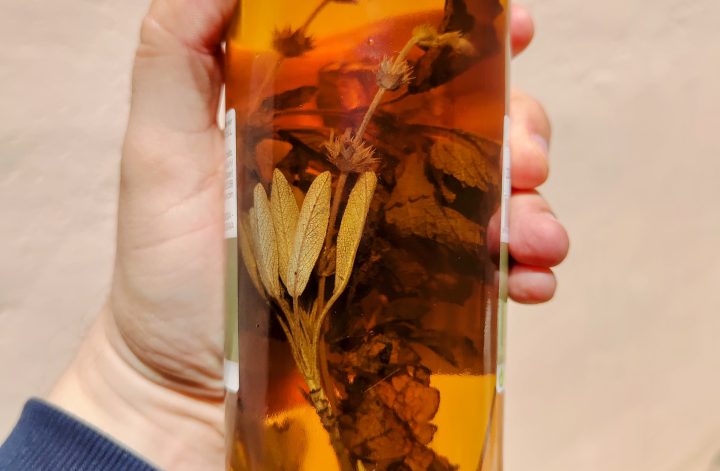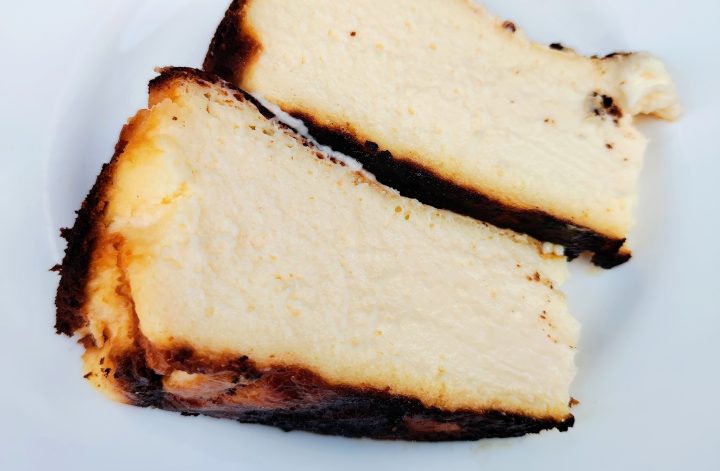Khoresh-e mast is a unique Iranian dessert from the city of Esfahan. It is made from lamb, thick yogurt, saffron, rose water, and sugar. The dessert is served cold, often garnished with walnuts and barberries. Despite containing meat, it tastes delicate and sweet, with a slightly stretchy texture. Khoresh-e mast is one of Esfahan's most famous regional specialties and, due to its use of meat, one of the most unusual desserts in the world.
Local specials
I consider local specialities to be ingredients or dishes that are closely linked to a particular place. They are very difficult to find elsewhere. For example, a speciality from Porto called francesinha is difficult to find outside its birthplace. Similarly, the special focaccia costedda is only prepared in the village of Villasimius in Sardinia.
Pierniki Toruńskie: Toruń Gingerbread
Toruń gingerbread is a traditional Polish sweet with a history dating back to the 13th century. These gingerbread cookies are inextricably linked to the city of Toruń, which is promoted at the national level under the slogan "Gingerbread City." Traditional Toruń gingerbread is characterized by a rich taste and aroma, which it acquires thanks to the use of high-quality ingredients such as rye flour, honey, and a special blend of spices. They are made in various shapes and sizes, from small figurines to large decorated sheets. The most popular variety is "katarzynki."
Grodziskie: Forgotten Polish Beer Specialty
Grodziskie beer is a unique Polish beer style with a long history dating back to the 14th century. This light beer with a low alcohol content is renowned for its distinctive smoky flavor. The taste comes from wheat malt dried over oak wood smoke. Grodziskie is also characterized by high carbonation (CO₂ saturation). Although it nearly disappeared after World War II, it is currently experiencing a renaissance due to the interest of craft breweries and beer enthusiasts seeking unconventional flavors.
Grzane Piwo: Polish Mulled Beer
Grzane piwo, or mulled beer, is a traditional Polish beverage with roots dating back to the Middle Ages. This warming drink is especially popular during the colder months. It is prepared using dark beer with the addition of various spices such as cinnamon, cloves, ginger, nutmeg, or orange peel.
Nispero de Callosa: The Golden Fruit
Callosa d'en Sarrià, a picturesque town between Alicante and Valencia, has gained fame as a major center for the cultivation of Japanese loquat, known as "nisperos." The fruit is distinguished by its sweet, delicate flavor reminiscent of a blend of peach, apricot, and plum. The designation Nispero de Callosa, a protected geographical indication for fruits from this area, signifies top-notch quality.
Coca: Traditional Valencian Pastry
Coca is a traditional Valencian pastry that boasts various shapes, sizes, and fillings. The base consists of a flat dough, onto which different ingredients are added before baking, according to regional customs, ranging from tuna and vegetables to cheese and meat. Due to this variability, there are many types of coca that visually differ. During my stay in Alicante, I tasted several variants, of which the most interesting to me were coca filled with tuna and coca filled with vegetables.
Herbero: Herbal Liqueur from Alicante
Herbero is a traditional herbal liqueur from the Sierra de Mariola mountain range in the Alicante province. It is made by macerating at least four local herbs in alcohol, which gives it a distinctive flavor and color. Popular brands include Doblón Licor de Hierbas, which I had the opportunity to try myself.
La Viña Restaurant, San Sebastian: The Best Cheesecake in the World
The burnt cheesecake from La Viña Restaurant in San Sebastian is considered the best in the world. The owner spent years experimenting with the recipe before creating the famous dessert in 1990. The cake has no crust and contains only five ingredients, baking quickly at a high temperature. Due to its media popularity, it has become one of the top gastronomic destinations for visitors to the Basque Country.
